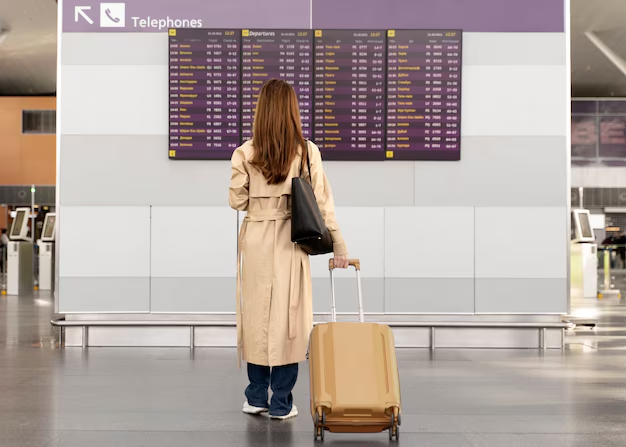Compression Socks for Long Flights
Long flights can be taxing on the body, especially when it comes to circulation and leg health. Compression socks have emerged as a popular solution for travelers seeking comfort and protection against various in-flight issues. This article delves into the benefits of compression socks for long flights, answers frequently asked questions, and highlights why they should be a staple in your travel kit.
Why Use Compression Socks For Long Flights?
Benefits of Compression Socks
- Improved Circulation: Compression socks apply gentle pressure to the legs, promoting blood flow from the legs back to the heart. This can prevent blood from pooling in the lower legs and reduce the risk of deep vein thrombosis (DVT).
- Reduced Swelling: Long periods of inactivity can cause fluid to accumulate in the legs and feet. Compression socks help to minimize this swelling.
- Increased Comfort: Compression socks can provide relief from tired, aching legs and feet, making your journey more comfortable.
- Prevention of DVT: Extended immobility can increase the risk of DVT, a serious condition where blood clots form in the deep veins. Compression socks can significantly lower this risk.
- Support for Varicose Veins: For those with varicose veins, compression socks can provide support and alleviate discomfort.
Frequently Asked Questions (FAQs)
What Are Compression Socks For Long Flights?
Compression socks are specially designed socks that apply pressure to your legs to improve blood flow and reduce discomfort and swelling.
How Do Compression Socks For Long Flights Work?
Compression socks work by applying graduated pressure, which is tighter at the ankle and gradually decreases up the leg. This helps push blood back up toward the heart, improving circulation and reducing swelling.
Who Should Wear Compression Socks For Long Flights?
- Frequent Flyers: Regular travelers benefit from the preventive measures against DVT and swelling.
- Pregnant Women: Pregnancy can increase the risk of blood clots and swelling, making compression socks beneficial.
- Elderly Travelers: Older adults are at a higher risk of circulation issues.
- Individuals with Circulation Problems: Those with conditions like varicose veins or a history of DVT should consider wearing compression socks.
Testimonials and Expert Opinions
Testimonials
- Jane, Frequent Traveler: “I used to suffer from swollen ankles after long flights. Since I started wearing compression socks, the swelling has significantly reduced, and I feel much more comfortable.”
- Mark, Business Traveler: “Compression socks have been a game-changer for my long-haul flights. No more leg pain or discomfort!”
Expert Opinion
Dr. Sarah Thompson, a vascular specialist, states: “Compression socks are a simple yet effective way to maintain leg health during long flights. They are particularly beneficial for those at risk of DVT or with existing circulation issues.”
Conclusion
Compression socks are an essential travel accessory for anyone embarking on a long flight. They offer numerous benefits, including improved circulation, reduced swelling, and increased comfort. By addressing common concerns and providing proper care instructions, this guide aims to help travelers make the most of their compression socks and enjoy a healthier, more comfortable journey.
By following the insights and recommendations provided, you can make your next flight more pleasant and arrive at your destination feeling refreshed and ready to go.
